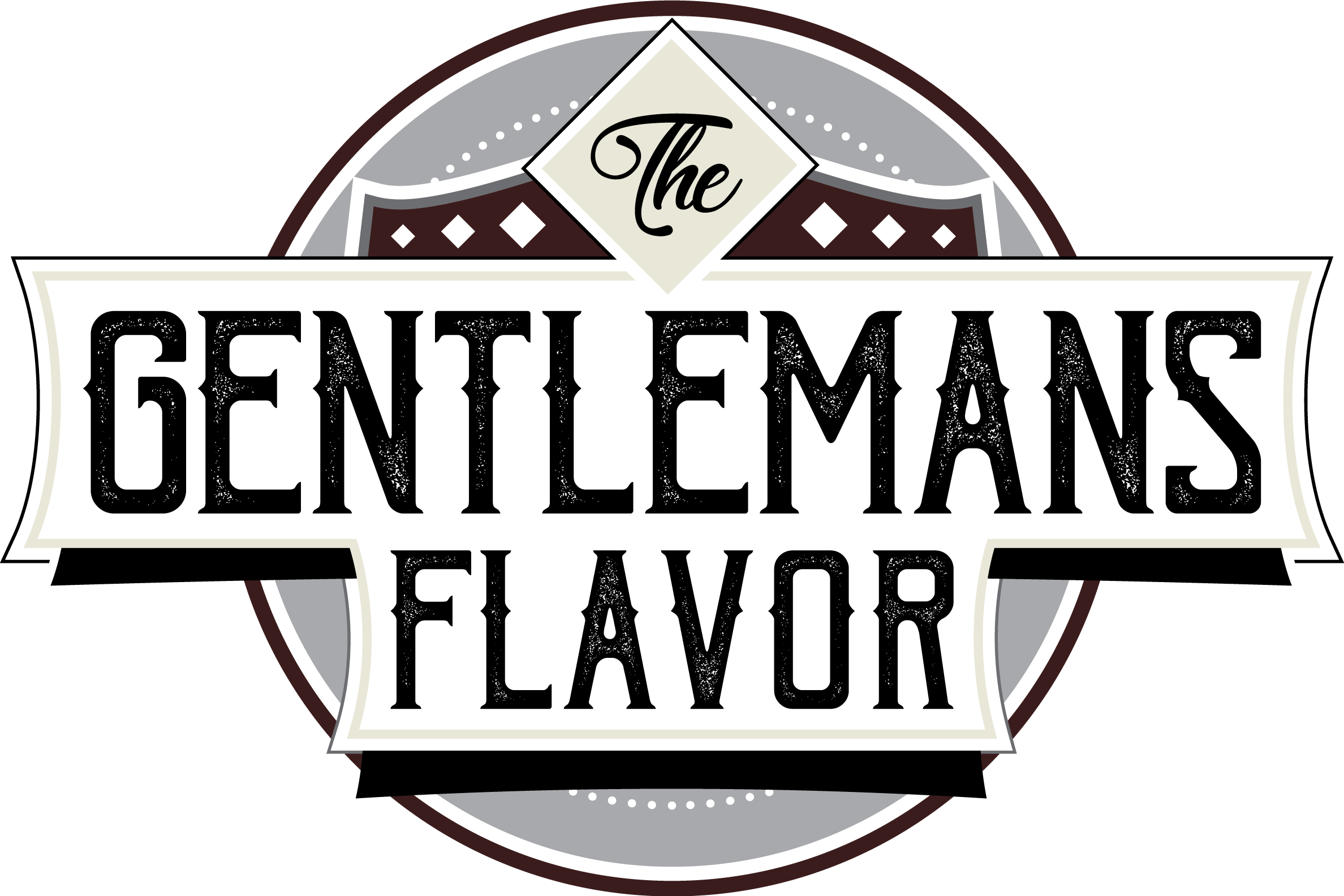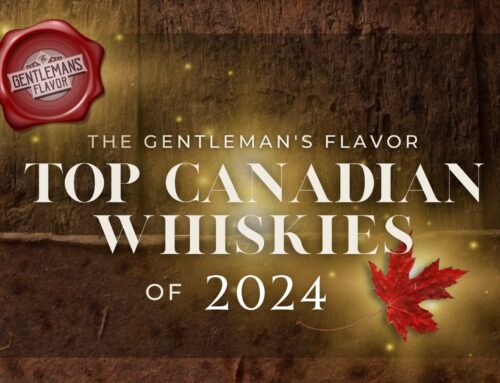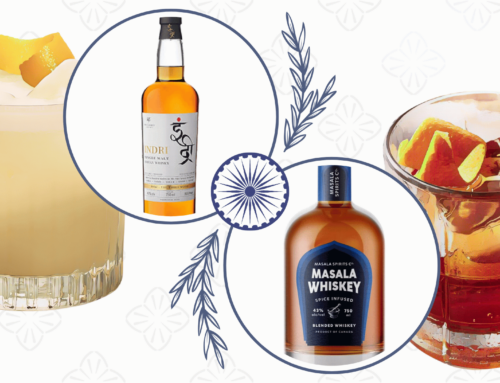You’ve heard it countless times before:
Enjoy Responsibly.
Yes, the message typically ends up sounding kind of like some sort of after school special.
However, when it comes to learning to appreciate whisky for flavor foremost (or any spirit/beer/wine for that matter), it really boils down to opting for quality over quantity, and following a few simple steps of evaluation to maximize your experience.
Thus, we also recommend that you enjoy thoughtfully.
A Means To An End
For most of us, drinking alcohol to merely get tipsy is something we ultimately learn to get a handle on or just grow out of entirely.
Now don’t get me wrong, it’s perfectly fine to occasionally pick your poison and keeping it coming until you’re feeling a little buzzed. Every situation to drink can’t always be about sitting down and slowly savoring a fine spirit – sometimes you just need to take the edge off a little with a simple go-to option or two.
The act of drinking in this manner can be compared to eating food to accomplish the simple goal of not being hungry anymore.
In addition to this, we sometimes might find ourselves out at a function, or maybe a bar, a concert – hell, maybe a even nightclub – where the ease of sticking to one simple drink and then putting it on repeat seems to work best. Many such locations might not stock premium aged sipping spirits, and even if they did they’d cost a pretty penny for a few proper, handsome pours.
This is when a good ol’ beer works fine. Or Jack and Coke. Or maybe something vodka-based: that easy, flavorless unobtrusive spirit that can get the job done.
At other times however, it’s more about flavor than it is about pursuing a means to an end, and this is how we at The Gentleman’s Flavor generally prefer to enjoy and appreciate our whisky.
Enjoying Whisky For Flavor
For many, it’s very ritualistic: hand selecting a fine bottle (or a few to compare), choosing the best glassware, maybe pairing with food or a fine cigar. Maybe as a base for a classic cocktail.
The art of evaluating and enjoying whisky for its flavor is a graduated step in your appreciation and enjoyment of alcohol, and certainly can add a new level of sophistication to imbibing altogether.
STEP ONE: Choosing Proper Glassware, Pouring and The Addition of a Few Drops of Water To Your Whisky
First choose a proper drinking vessel. Though a rocks or old fashioned glass works fine, we recommend a Norlan, Glencairn, or Copita glass. Their shape and opening are all designed to not warm up your spirit and they allow for a proper and precise release of its aromatics.

The Norlan Glass is among the best options for glassware
Pour yourself 3oz of whisky.
Second, add a few drops of water. Yes, some spirits can be consumed neat or with some dilution-free whisky rocks or stones. However, to truly release all of the potential complex aromas and flavors of the whisky, adding a little water will work wonders.
Cask strength whiskies benefit greatly from a little dilution.
Fret not – you’re not wimping out or it isn’t any ‘less manly’. Truth is, from Edinburg to Tokyo to Louisville, Kentucky, this method is how so many whisky connoisseurs prefer to maximize their experience.
You see, the intensity of the alcohol is what often deters people from truly enjoying their whisky. Water releases extra volatile aromatic molecules that would otherwise remain overpowered and muted by the dominant essence of the ethanol (alcohol). When you realize how a small dilution can release more of a whisky’s complex, multilayered aromas and flavors (and can also reveal flaws), you’ll overhaul your sensory experience completely towards being one of maximum enjoyment.
[NOTE: we also recommend keeping some sparkling water on hand to sip intermittently to refresh your palate]
The art of evaluating and enjoying whisky for its flavor is a graduated step in your appreciation and enjoyment of alcohol, and certainly can add a new level of sophistication to imbibing altogether.”
STEP TWO: Observing Your Whisky
This step involves holding your dram up to the light (or in front of a white colored surface) and making a few visual observations such as whether it is clear, cloudy or opaque – as well as its color. Is it golden amber? Or is it an almost a dark red-brown from years – sometimes decades – of maturation in oak casks?
Next, swirl your spirit in the glass being sure to coat almost all the inside of the glass. Observe how the liquid streams back down toward the bottom of the glass, leaving behind whats known as ‘legs’. Are there many legs that return to the bottom quickly, or are there fewer, thicker and more viscose legs that slowly cascade down to the bottom?
This will help determine your whisky’s texture, and whether your whisky is light, medium or more full bodied. It’s often a good indicator of a whisky’s age, as older whiskies tend to be more viscose and darker colored from prolonged time spent inside a cask.

Nice Legs: a whisky’s legs can tell a lot about its body
In addition to this, don’t forget to read the back of the bottle or maybe the box or package it came packaged in. Most are informative as to its grain profile, where it was distilled, how it was matured and for how long, as well as other key characteristics to the whisky you’re about to drink.
STEP THREE: Nosing Your Whisky
After a brief visualization, put your nose just inside the lip of the glass and [gently] sniff your dram with your mouth kept slightly open, so as to avoid a sharp burn from the alcohol. Then repeat once more, effectively taking in the whisky’s aromas. Common aromas include vanilla, caramel, oak and raisin, but also cherry, peat, and dried fruits are often present. Again, the addition of water will release additional notes, allowing you to glean more information behind its aromatics.
With some practice, you’ll be able to identify certain aromatics such as the aforementioned, as well as many others from a whisky.
Remember, nosing and deriving particular aromas from a whisky is a subjective experience. This means that there’s here’s no wrong answer when it comes to the notes that you perceive, as they are simply shaped by the things you’ve that your nose has come in contact with throughout your lifetime so far.

Copita nosing glasses and some fine single malt expressions
Be sure to keep your mouth slightly agape and don’t inhale too hard; the ethanol can anesthetize and singe your nasal cavities if you fail to do so.
Nosing Tip: being familiar with cooking or baking will greatly assist you in this step as it will help you identify the various aromas of spices and other ingredients that you may not detect otherwise. Begin to smell and appreciate different foods when grocery shopping, baking, cooking – even gardening.

Ingredients used in baking can assist in identifying particular aromatics while nosing
STEP FOUR: Tasting Your Whisky
The best part.
Take a sip. Then another. Let the liquid spend 5-10 seconds travelling from inside your lips, down the middle of your tongue and to the back before gently swallowing. After swallowing, try gently pressing your tongue towards the top of your mouth for a second or two to squeeze out a little more residual flavor.
First you may be hit with some oak, as most whiskies spend time maturing in one or more oak barrels. Of course, many of the aromas you observed during your nosing will pop up on your palate too, as well as new ones. Think of how the whisky feels; is it warming? Is it mouth-coating or is it dry? Is it oily or thin? Then think about its finish, determining how quickly the liquid exits your mouth once swallowed.
Is the finish short, medium or is it long?
Like nosing, this is a completely subjective experience. The mouth can detect 5 major tastes – sweet, salty, sour, bitter, and umami (savory). These can be your first observations and then you can build on things from there. Is it sweet? Yes. What kind of sweetness? Like fruit. What kind of fruit? Is it like fresh fruit? Tropical, dehydrated fruit? Fruit juice?
Using this method, you can start with a primary taste association and then break it down much from there. Practice makes perfect.

Notes of oak are almost always present on the nose and the palate from an aged whisky
Tasting tip: Occasionally take in some water – still or sparkling will do – to help clean and rejuvenate your palate between sips, or before your next dram.
A Few More Things…
Remember, whisky is best enjoyed s l o w l y. I personally prefer being in a seated position in a chair with good arm rests.
The most important step is to enjoy your whisky. These steps are put forth as a suggested guideline, but ultimately you have the final call on how you prefer to enjoy your whisky – and don’t forget to occasionally turn brain activity away from evaluating your whisky and towards pure enjoyment and good conversation with others, for when consumed among friends, whisky tends to incite all manner of interesting and enjoyable banter.
As mentioned in the beginning of this piece, enjoying alcohol doesn’t always involve careful, thoughtful evaluation. Sometimes you just want to keep it simple and keep it coming, and there’s nothing wrong with that. There is a time and a place to just get your drink on every now and then. Pour, add ice, repeat. Just refrain from getting blasted – you’re not 19 anymore with a bottle lifted from your old man’s liquor cabinet.
Hopefully this piece will assist in bringing you more appreciation and enjoyment from whisky (and other drinks) when consumed with the goal of appreciating flavor above all.
-Kurt Bradley









